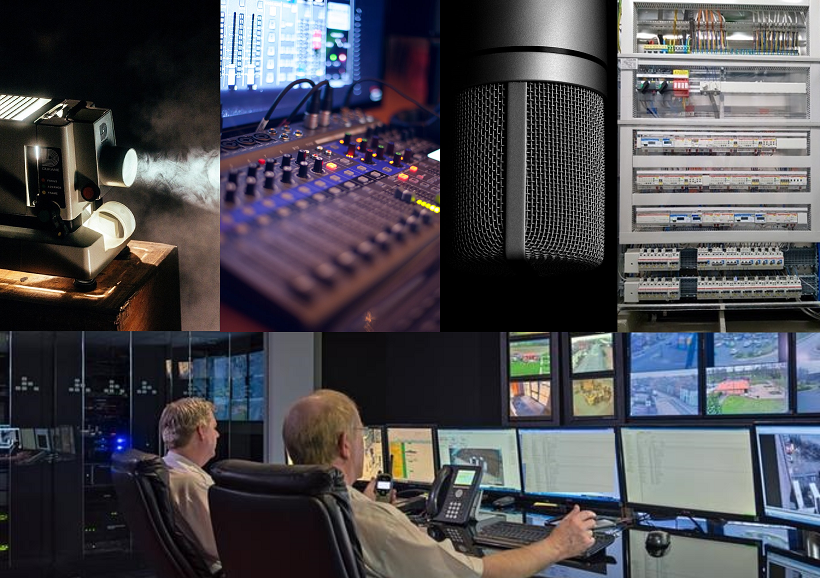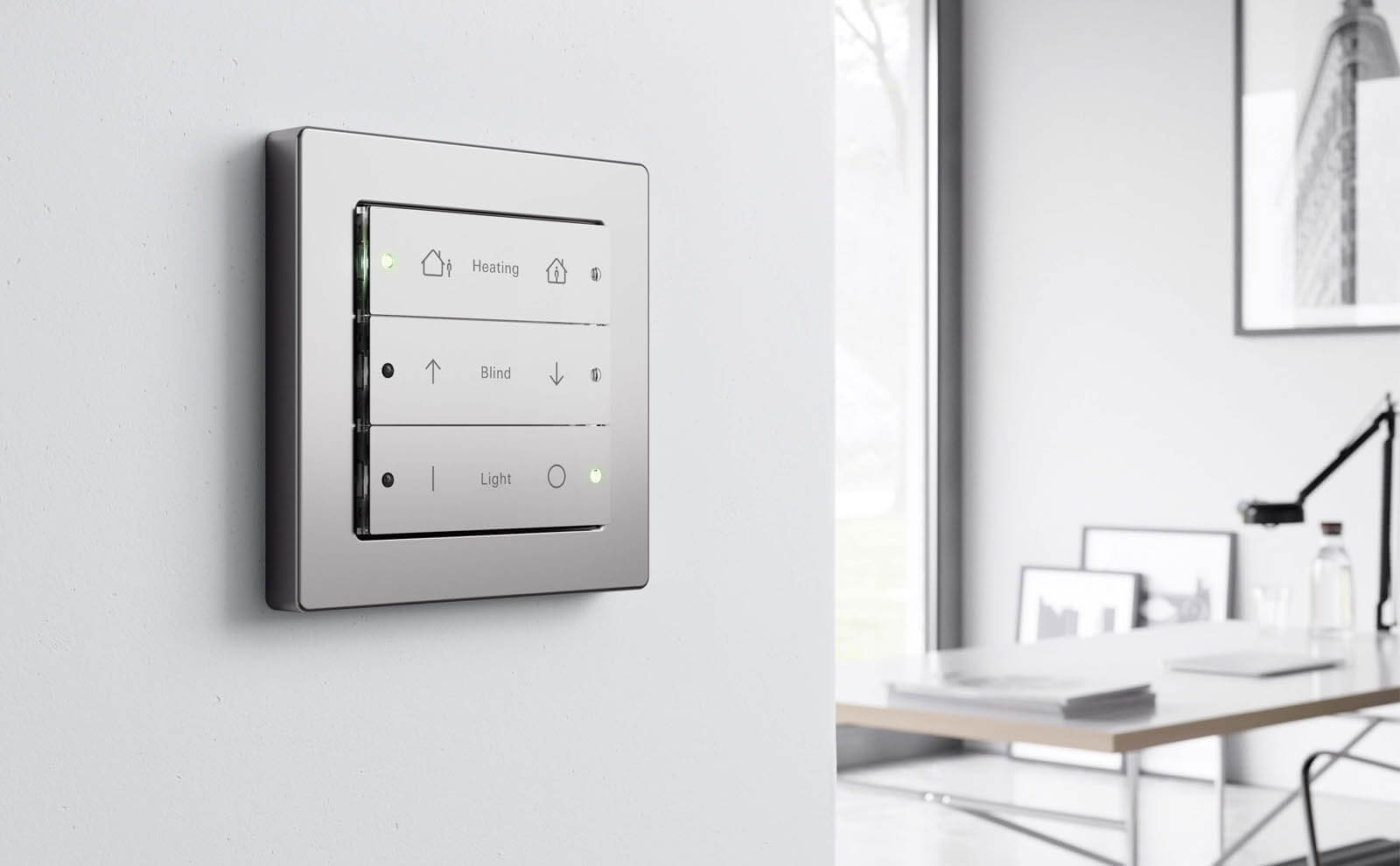Professional Audiovisual Systems

What is Professional Audiovisual Systems (ProAV)?
Professional Audiovisual Systems (ProAV) encompass a wide range of technologies and equipment designed to facilitate high-quality audio and video experiences in various professional settings.
Where Audiovisual Systems can be used?
Audiovisual Systems are commonly used in Hotel, corporate environments, educational institutions, entertainment venues, houses of worship, Hospitals, and many other applications where effective communication and engaging presentations are essential
Key components Audiovisual Systems:
Display Systems: Display systems form the visual component of AV setups. They include a variety of devices such as projectors, flat-panel displays (LCD, LED, or OLED), video walls, and interactive displays. These systems deliver high-resolution visuals to present information, videos, graphics, and other media.
Audio Systems: Audio systems are responsible for capturing, processing, and reproducing sound in professional AV setups. They can consist of microphones, speakers, amplifiers, mixers, and signal processors. Audio systems ensure clear and balanced sound reinforcement for presentations, speeches, music playback, and more.

Control Systems: Control systems provide a centralized interface to manage and operate various AV components. They enable users to control multiple devices from a single touch panel, remote control, or software interface. Control systems simplify system operation and allow for automation of complex tasks, including adjusting audio levels, switching between video sources, and controlling lighting.
Signal Management: Signal management involves the routing and distribution of audio and video signals throughout an AV system. This includes devices such as switchers, scalers, matrix switchers, and distribution amplifiers. Signal management systems enable seamless switching between different sources and ensure that the correct audio and video signals are delivered to the appropriate destinations.
Collaboration and Conferencing Solutions: Collaboration and conferencing systems are specifically designed for remote meetings, video conferences, and interactive collaborations. These systems integrate audio and video communication tools with content-sharing capabilities, enabling real-time collaboration between participants located in different locations.
Digital Signage: Digital signage involves the use of displays and content management systems to deliver dynamic and targeted information in public spaces. It is commonly used for advertising, wayfinding, announcements, and brand promotion. Digital signage systems utilize screens, media players, content management software, and networking capabilities to remotely control and distribute content across multiple displays.
Recording and Streaming Solutions: Recording and streaming systems enable the capture and distribution of live events, presentations, and performances. These systems involve cameras, audio interfaces, video encoders, and streaming servers to capture, encode, and transmit audio and video content to remote viewers or for archival purposes.
Audiovisual Systems Integration and Infrastructure
Professional AV systems require integration with other technologies and infrastructure components, such as network connectivity, cabling, power management, and control interfaces. Integrating AV systems with existing IT infrastructure ensures seamless operation and compatibility with other technologies.




